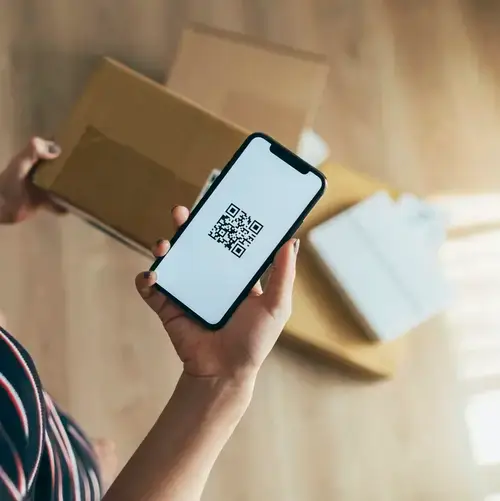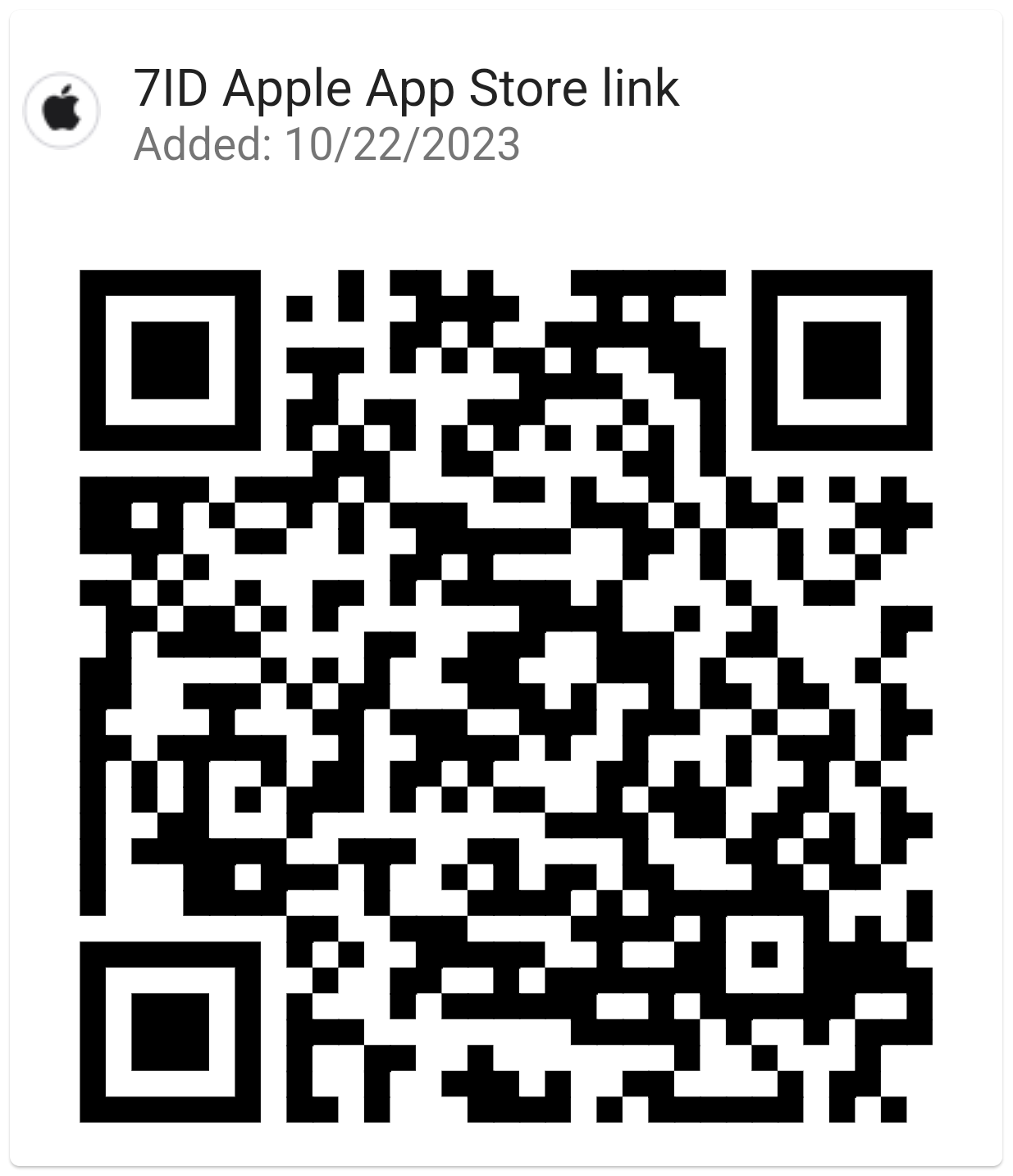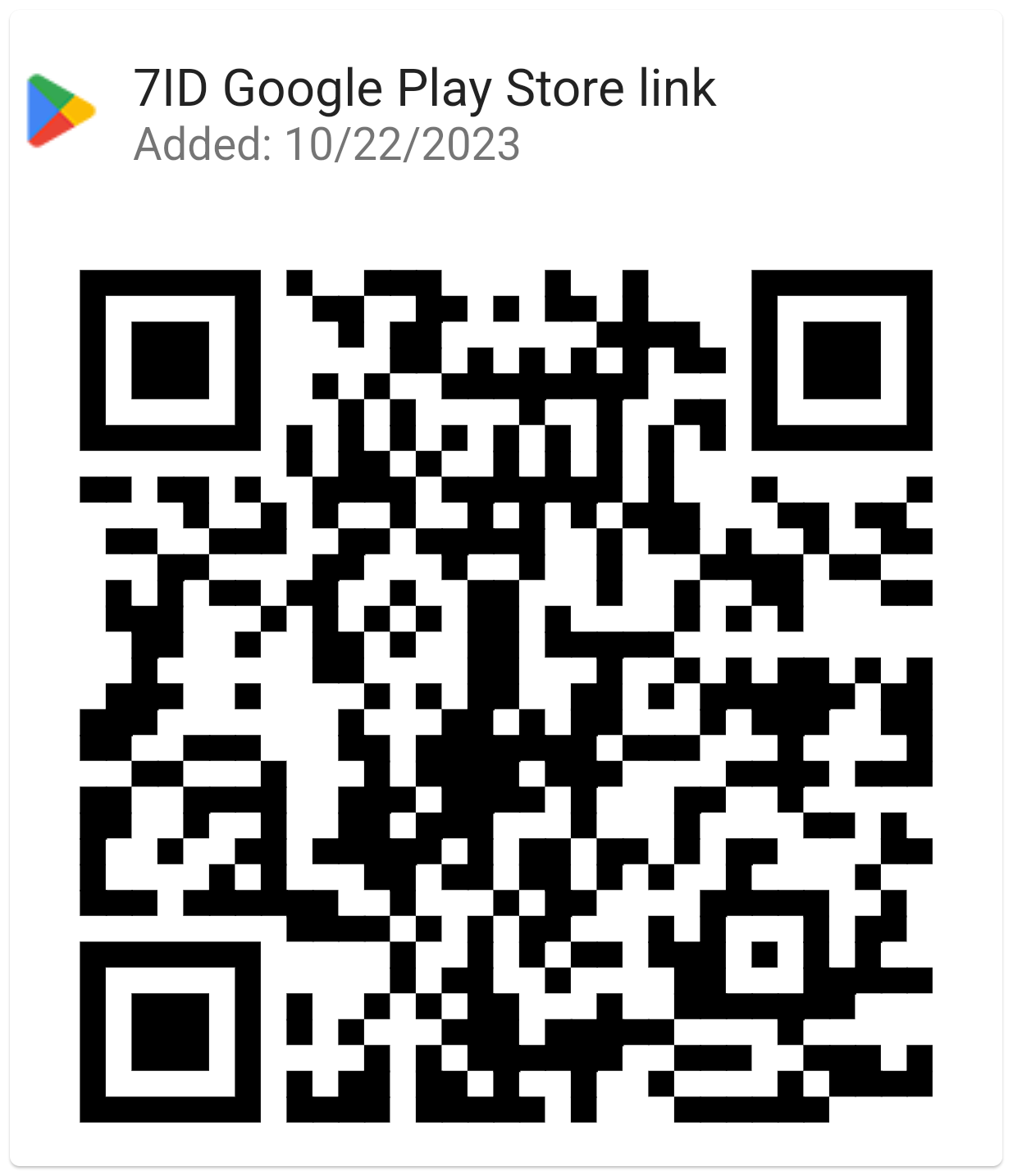Guide for Restaurant Owners on Creating And Integrating QR Code Menus
The food service landscape is evolving rapidly. If you're a restaurant owner, you may feel the need to keep up with the fast shift toward integrating technology into your business. Perhaps one of the most practical and powerful innovations is the use of QR code menus.
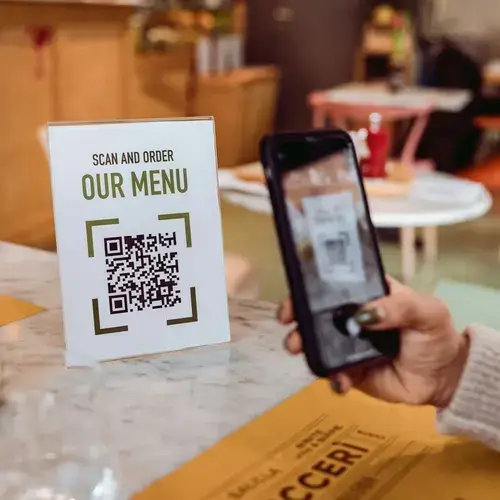
In this article, you will get a detailed guide to QR code menus for restaurants, learn how to use them, and what to look out for. You’ll also learn how to create a QR code for a menu.
Table of contents
- What are QR Code Menus and How do they Work?
- How to Create QR Codes with 7ID app
- Putting QR Code Menus to Work in Your Restaurant
- The Role of QR Code Menus in Improving the Dining Experience
- Overcoming Challenges of QR Code Menus
What are QR Code Menus and How do they Work?
QR codes, or Quick Response codes, are digital barcodes that can be read by a smartphone or QR code scanner. When scanned, they direct the user to a specific web page, information, or a digital menu in the context of a restaurant.
The benefits of using digital menu QR code for both diners and restaurant owners are numerous.
For Customers:
For restaurant owners:
Implementing QR code menus has many advantages over traditional paper menus:
You probably want to know how to make a QR Code menu free. Let's discuss this further!
How to Create QR Codes with 7ID app
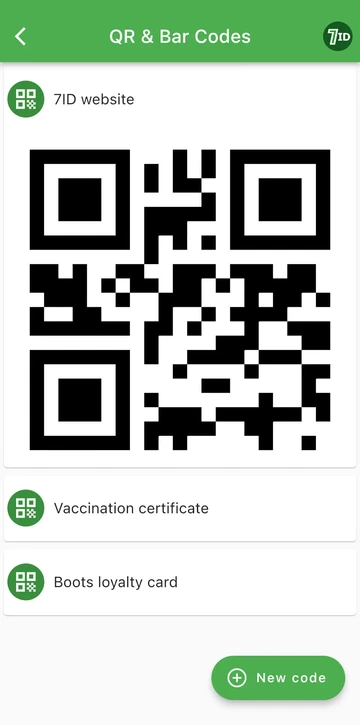
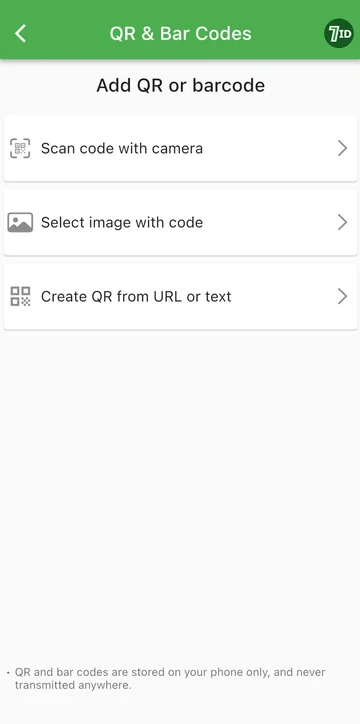
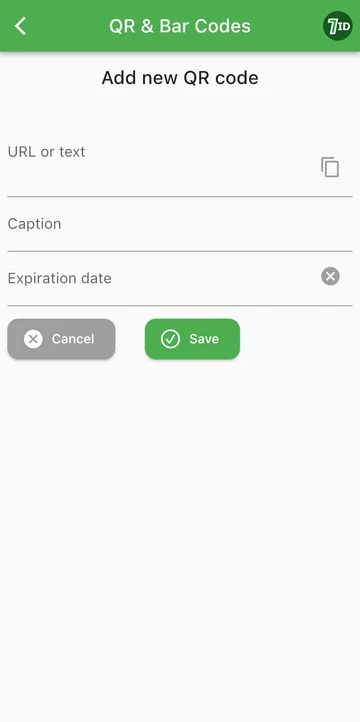
Generate and store all of your QR codes and barcodes most conveniently on your smartphone with the 7ID app!
So, how to make a QR code for a menu? To create a QR code on your mobile phone, you need to have the details you want to encode, this could be a link or a text. Here's a detailed, easy-to-follow guide to using the free QR code generator on the 7ID app:
This will result in the 7ID free QR Code Generator creating a full-screen, high-quality QR Code for the entered link or text with no expiration date. In addition, all your codes will be stored in the 7ID app for easy viewing and sharing directly from the app.
Putting QR Code Menus to Work in Your Restaurant
Implementing a QR code menu can seem challenging, but with some planning and the right approach, the transition can be easy for both restaurant staff and customers. Here are some suggestions:
- Prepare and train your staff
Provide extensive training. Your team should understand how QR code menus work and how to guide customers to use them. Confirm that your staff understands the benefits of QR menus, which include improved productivity and hygiene. They should be prepared to assist customers in using them.
The kitchen staff also needs to be well coordinated to efficiently process orders that come in through this new system.
- Best places to display QR codes in restaurants
(*) Place QR codes on each table for easy access and clarity. (*) Use acrylic QR codes for optimal visibility, especially in bright sunlight, and to blend seamlessly into the environment. (*) Incorporate QR codes into paper menus on table inserts for a budget-friendly solution. (*) Place QR codes in prominent locations throughout the restaurant to ensure that customers can easily access the menu. (*) Remember to make sure the QR codes are working properly and aren't placed in areas with unfavorable lighting or angles that could make scanning difficult.
- Take care of your customers’ concerns and make the transition as smooth as possible
(*) Carefully train staff to assist customers in scanning QR codes and address any concerns they may have. (*) Notify customers of the new mechanism before their visit to create a sense of anticipation. (*) Offer incentives such as special discounts or offers for using the QR menu to encourage customer engagement and ensure a smooth transition. (*) You should also consider having a few traditional menus on hand for customers who prefer them or in case there's a problem with the digital menus.
With a thoughtful and planned approach, the transition to QR code menus can benefit both restaurant owners and customers. The benefits of cost savings, easy updates, and a streamlined dining experience certainly make it a change worth considering for today's restaurants.
The Role of QR Code Menus in Improving the Dining Experience
Providing a unique dining experience is key to enhancing your restaurant's reputation and attracting more customers. With QR code menus, you can enhance the dining experience from the start:
Overcoming Challenges of QR Code Menus
Of course, like any change, implementing QR code menus comes with its own set of difficulties. A key part of overcoming these issues is identifying potential problems before they occur and developing practical solutions.
Let's discuss common challenges a restaurant owner may face when implementing QR code menus and offer solutions:
- What are the common issues when implementing a menu with a QR code?
(*) Security concerns: QR codes can present security risks that could lead to unauthorized access and misuse. (*) Technical difficulties: Issues such as faulty scans or the need for a smartphone application could create barriers for consumers. (*) Privacy issues: The use of QR codes may raise privacy concerns for some customers. (*) Internet speed and peripheral availability: Peripheral availability and Internet speed can affect the effectiveness of QR code menus. (*) User dissatisfaction: Quick implementation of QR codes without prior explanation can lead to customer anger and disapproval.
- Troubleshooting tips
(*) Security concerns: To alleviate security concerns, confirm that QR code menus are securely constructed to prevent unauthorized access to sensitive information. (*) Technical difficulties: To address issues such as unsuccessful scans and device compatibility, provide explicit instructions for patrons and staff on how to use QR code menus, and ensure updated technology. (*) Privacy issues: To address privacy concerns, ensure that QR code menus do not collect or distribute personal information without customer permission. (*) Internet speed and accessory availability: To address issues related to Internet speed and peripherals, ensure a stable and fast Internet connection in the restaurant, and provide customers with QR code scanning-compatible tools. (*) User dissatisfaction: Reduce customer frustration by providing clear instructions and assistance to customers unfamiliar with QR code technology. (*) Real-time updates: To facilitate instant updates, choose a QR code menu platform that allows for quick and easy updates without hindering user engagement.
By harnessing the power of technology and digital innovation, restaurant owners can be ready for the future of the hospitality industry.
Generate menu QR codes with the 7ID App and stay ahead of the competition!
Read more:
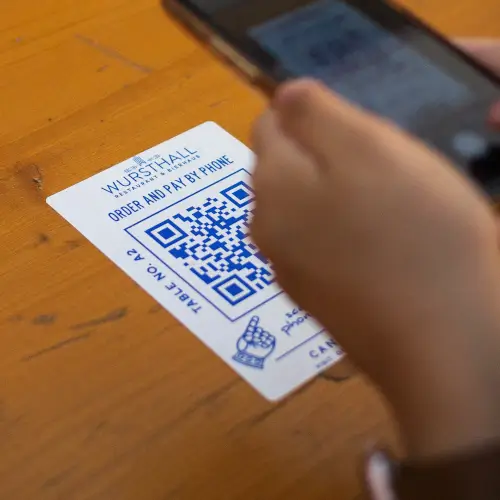
Decoding QR Code Size: Minimum and Maximum Dimensions for Optimal Scanning
Read the article
How to Store Credit Card Information on Your Phone
Read the article